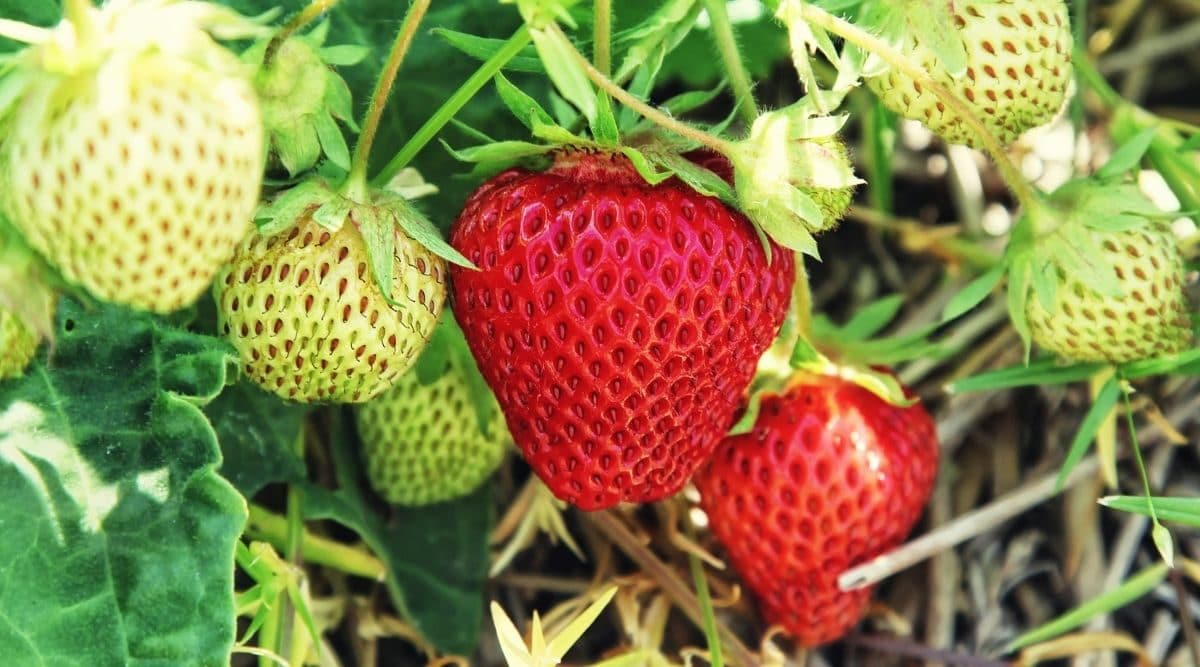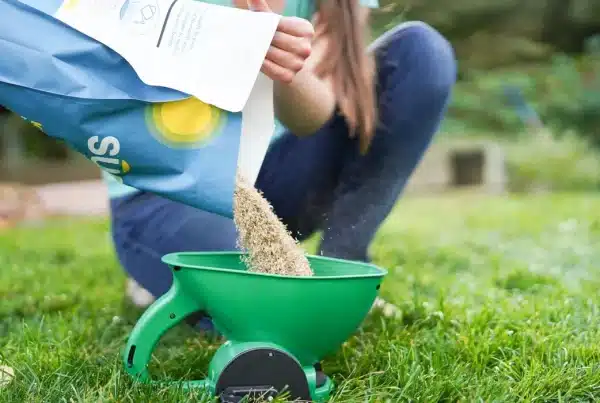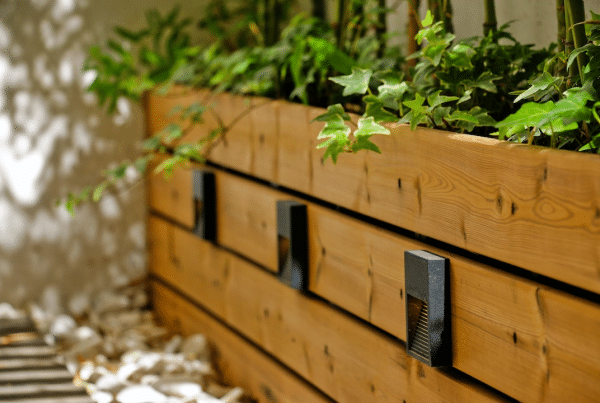When it comes to strawberry cultivation, location is crucial. If you put them in the incorrect area, you may wind up having a lot of moldy, sun-burned, or otherwise unappealing berries. Finding the correct climate and soil type for your strawberry plants is the best place to start. Once you’ve located in the ideal location, ensure the surrounding circumstances are ideal for your plants. If you enjoy fresh strawberries, you may be wondering where you should plant them. This blog post will provide you with some suggestions for selecting the optimal site for growing strawberries. These suggestions will help you generate a plentiful harvest whether you are a novice or an experienced strawberry farmer.
Pick A Spot That Gets Plenty of Sunlight
The first step in locating the ideal position for your strawberry plants is to select an area that receives lots of sunshine. Strawberry plants require at least six hours of direct sunshine every day to generate a large yield. Strawberries will thrive in full light if you reside in a location with long summer days. If you reside in an area with shorter days, though, it’s ideal to pick a spot that gets morning light and afternoon shade. This will shield the berries from overexposure to the sun, which can cause them to become overripe or sunburned, as well as mold development.
Check the Soil Type
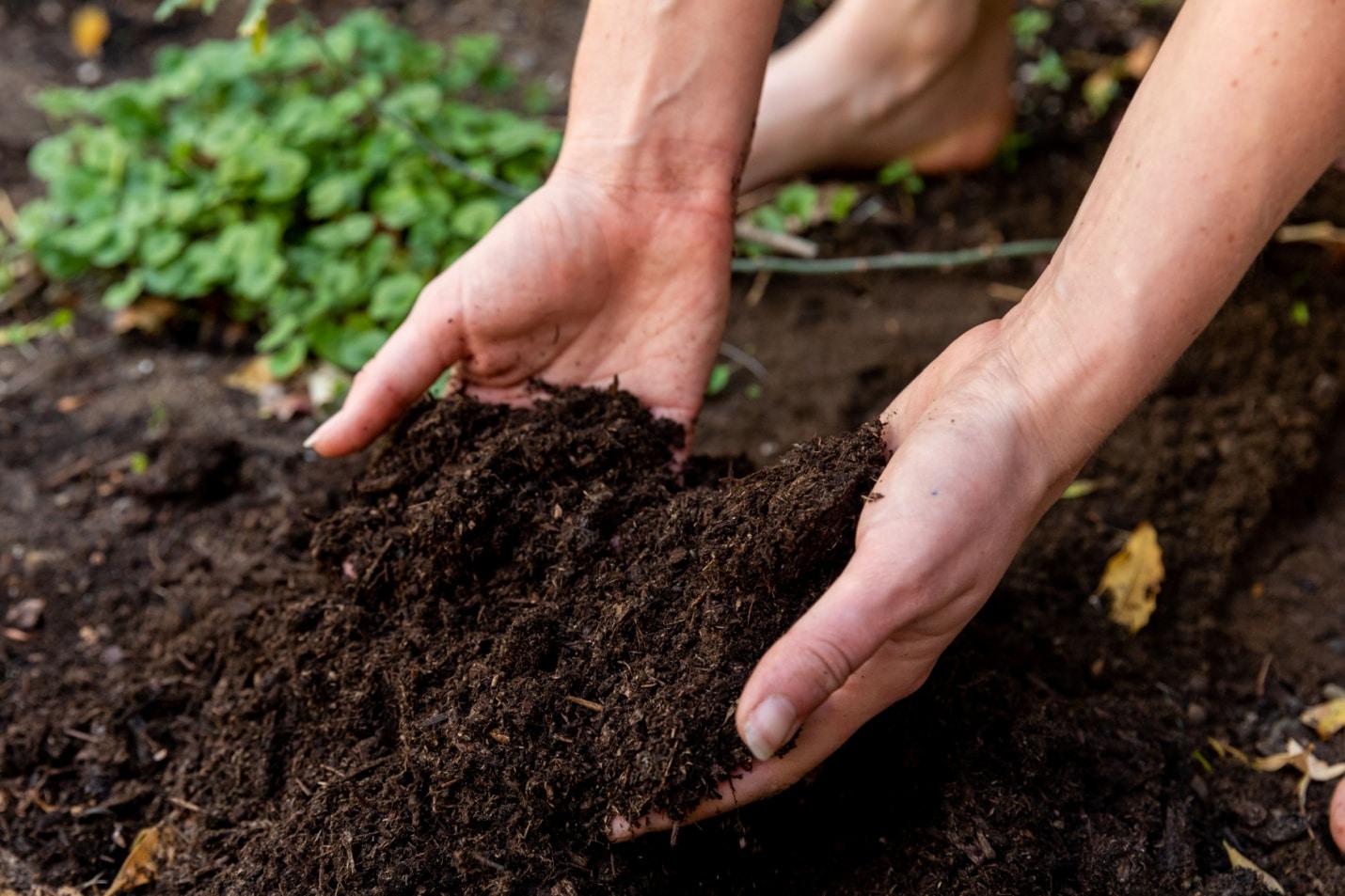
The kind of soil in the region is another significant thing to consider when choosing a spot for your strawberry plants. Strawberry plants thrive in well-drained, organically rich sandy loam soils. You can take a sample of your soil to your local Cooperative Extension office for testing if you’re not sure what sort of soil you have. They’ll be able to tell you what nutrients your soil is deficient in and how to alter it to make it suitable for strawberry cultivation. Furthermore, the soil should be pH-balanced, with a pH of roughly six to seven.
Ensure Proper Drainage
In addition to the kind of soil, you must ensure that the place you select has enough drainage. Your strawberry plants will be subject to root rot and other illnesses if the region does not drain well. Simply drill a hole in the ground and fill it with water to test drainage. The location has adequate drainage if the water drains within 24 hours. However, if the water takes longer than that to drain, you’ll need to find another spot. This guarantees that your plants will get the oxygen they require to grow. Moreover, raised strawberry beds are an excellent option if you’re worried about poor drainage.
Avoid Low-Lying Areas
Strawberry plants should not be planted in low-lying places since they are sensitive to frost damage. If you reside in a cold-weather area, seek a location on higher ground where the temperature is more likely to remain above freezing. Many individuals make the mistake of growing strawberries in a too shaded location. While some shade is required to prevent sunburn, too much shade will result in smaller, less tasty fruit. Choose an area that receives at least six hours of direct sunshine each day for optimal results.
Prepare the Soil
Another important consideration is the type of soil you’ll be planting in. Strawberry plants prefer well-drained, sandy loam soils with a slightly acidic pH level between. If your soil doesn’t meet these requirements, you can amend it by adding organic matter such as compost or peat moss. You should also test the soil’s pH levels before planting to ensure they are within the ideal range. Moreover, the soil should be loose and free of rocks or other debris.
Ensure Good Air Circulation
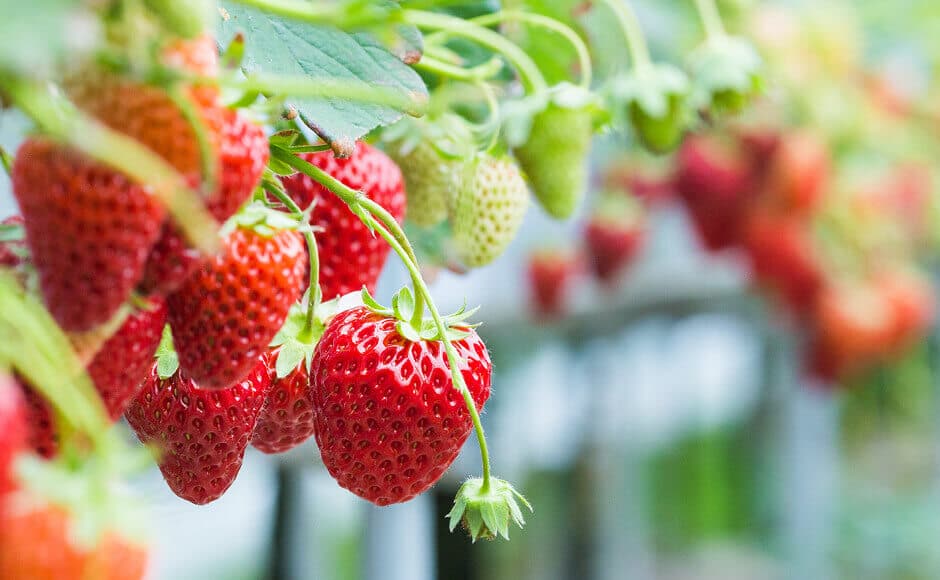
Having sufficient air circulation around the plants is also important for efficient strawberry growing. Because poor air circulation can lead to fungal illnesses, strawberries should be planted in an open location with lots of space between them. Additionally, strawberries should not be planted near other crops since they are prone to pest and disease cross-contamination.
Water Availability
Strawberry plants demand a lot of water, so locate a site where you’ll have access to a steady supply. If you live in a location where droughts occur frequently, irrigation may be an option. Strawberry plants require roughly one to two inches of water every week, so be sure you have a technique to keep them hydrated. Too much water, on the other hand, can be harmful to strawberry plants. If you reside in a high-rainfall location, ensure the planting spot has sufficient drainage to avoid water logging the roots.
Proximity to Other Plants
It’s critical to consider the closeness of other plants while choosing a spot for your strawberry plants. Strawberry plants are prone to a variety of illnesses, therefore it’s better not to grow them near sick crops. Also, avoid growing them and other fruits and vegetables in the same spot year after year to avoid pests and illnesses building up in the soil. For example, if you’re planting strawberries in your backyard, don’t put them where you planted tomatoes the previous year.
Humidity & Temperature

Strawberry temperatures should be between 60 and 80 degrees Fahrenheit. The plants will not yield fruit if it is too cold. The berries will become sunburned if the weather is too hot. When it comes to humidity, too much moisture in the air might lead to the growth of gray mold on the berries. Botrytis cinerea is a fungus that grows in damp environments. To avoid this issue, ensure that your planting location has adequate air circulation to keep the fruit dry.
Plant Strawberries In Early Spring
Early spring is the greatest time to plant strawberries, as soon as the ground can be handled. You don’t want to wait too long since you’ll lose out on the planting window. Planting later in the season is possible if you reside in a warmer area. In cooler climates, though, it’s preferable to wait until early spring. Furthermore, be certain that the kind you choose is compatible with the climate in your location.
Conclusion
Ultimately, the above-mentioned suggestions for selecting the finest strawberry-growing area will assist you in producing a high output. Choose a location with well-drained soil, plenty of sunlight, and adequate air circulation. These elements are required for high-quality strawberry production.

